President Donald Trump received a loud ovation when he participated in the coin toss ahead of Saturday’s Army-Navy football rivalry game in Philadelphia. But troops’ actual feelings about the commander in chief appear much more ambivalent in the latest Military Times survey.
Half of active-duty military personnel contacted in the poll held an unfavorable view of President Trump, showing a continued decline in his approval rating since he was elected in 2016.
Trump’s 42 percent approval in the latest poll, conducted from Oct. 23 to Dec. 2, sets his lowest mark in the survey since being elected president. Some 50 percent of troops said they had an unfavorable view of him. By comparison, just a few weeks after his electoral victory in November 2016, 46 percent of troops surveyed had a positive view of the businessman-turned-politician, and 37 percent had a negative opinion.
But the latest numbers still leave Trump with a higher approval rating than former President Barack Obama when he left office in January 2017.
The numbers also show that Trump remains slightly more popular in the military community than among the American public as a whole. The latest Gallup poll had the president’s disapproval rating among the public at 54 percent, and his approval at 43 percent.
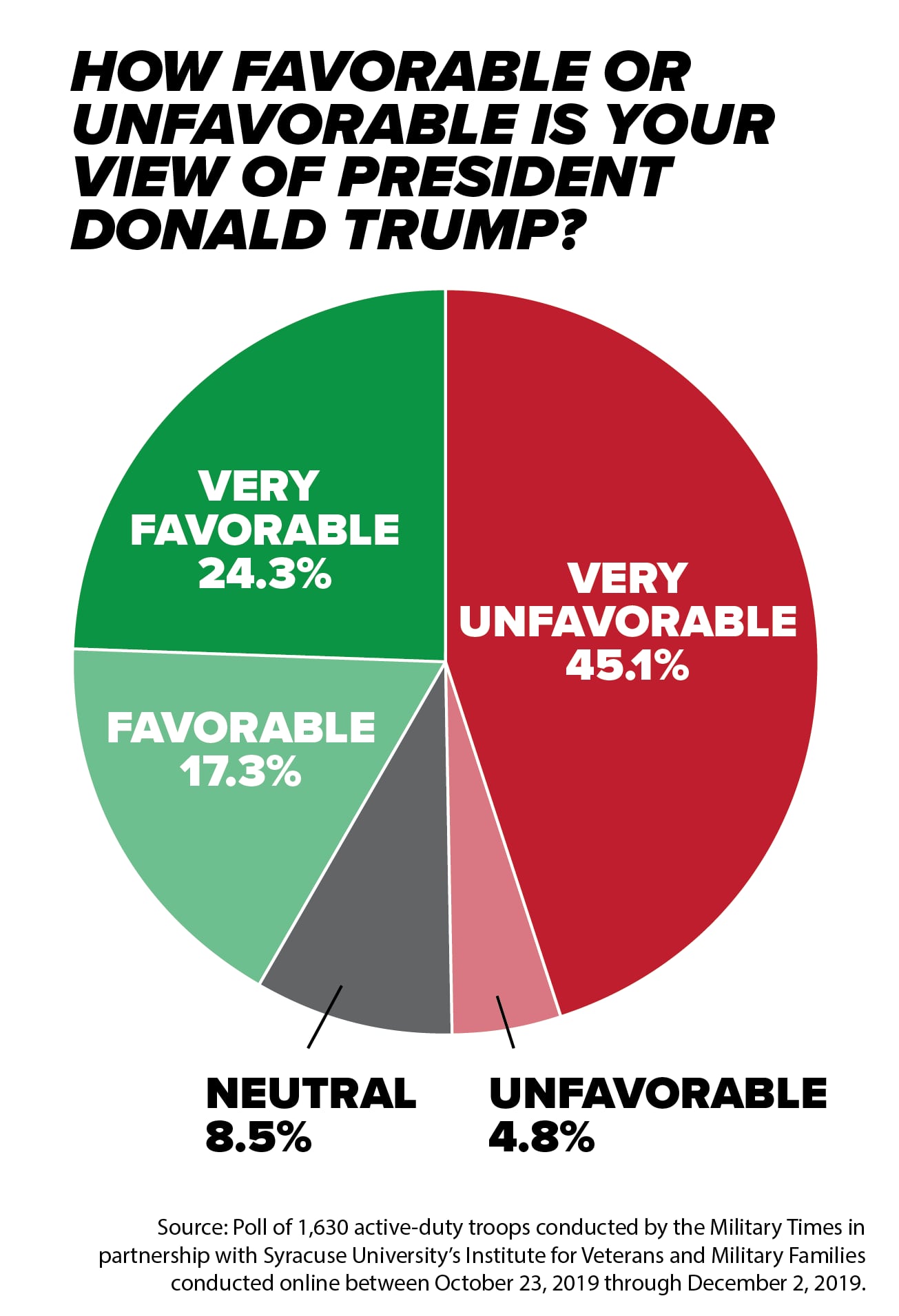
The poll surveyed 1,630 active-duty Military Times subscribers in partnership with the Institute for Veterans and Military Families (IVMF) at Syracuse University. The numbers likely reflect a more career-minded subset of the military than the force as a whole, according to Peter Feaver, a former White House adviser to former President George W. Bush who is now a political science professor at Duke University.
“These are people for whom the morals and standards of the military mean a lot,” he said. “The president has criticized those same career workers in the State Department and other agencies. So, it’s possible they are more likely to be offended by the president than other parts of the military.”
Still, Feaver said, the drop in Trump’s popularity in the poll (conducted with the same parameters over the past four years) indicates growing dissatisfaction with Trump and his handling of several military issues.
When asked specifically about Trump’s handling of military issues, nearly 48 percent of the troops surveyed said they had an unfavorable view of that part of his job, compared to 44 percent who believe he has handled that task well. That marks a significant drop from the 2018 Military Times poll, when 59 percent said they were happy with his handling of military issues, against 20 percent who had an unfavorable view.
In the time since the 2018 poll, Trump fired his popular former defense secretary, retired Marine Corps Gen. Jim Mattis. Trump also ordered a controversial and sudden withdrawal of U.S. forces from Syria, and became the subject of impeachment hearings in the House over the delay of military assistance funding to Ukraine.
Also, in the days before the poll closed in December, Trump made the controversial decision to grant clemency to three warfighters accused of war crimes, a move that was opposed by many military leaders at the Pentagon.
“Over time, as the president has been involved with more controversial things connected to the military — whether it’s the border wall or the pardons or the way that Secretary Mattis left — that has changed the view of him,” said retired Marine Corps Col. Dave Lapan, who worked as a department spokesman during both the administrations of Trump and Obama.
“And they’ve seen more indications that he hasn’t been a great commander in chief. So, they’re moving closer to where the rest of the public is.”
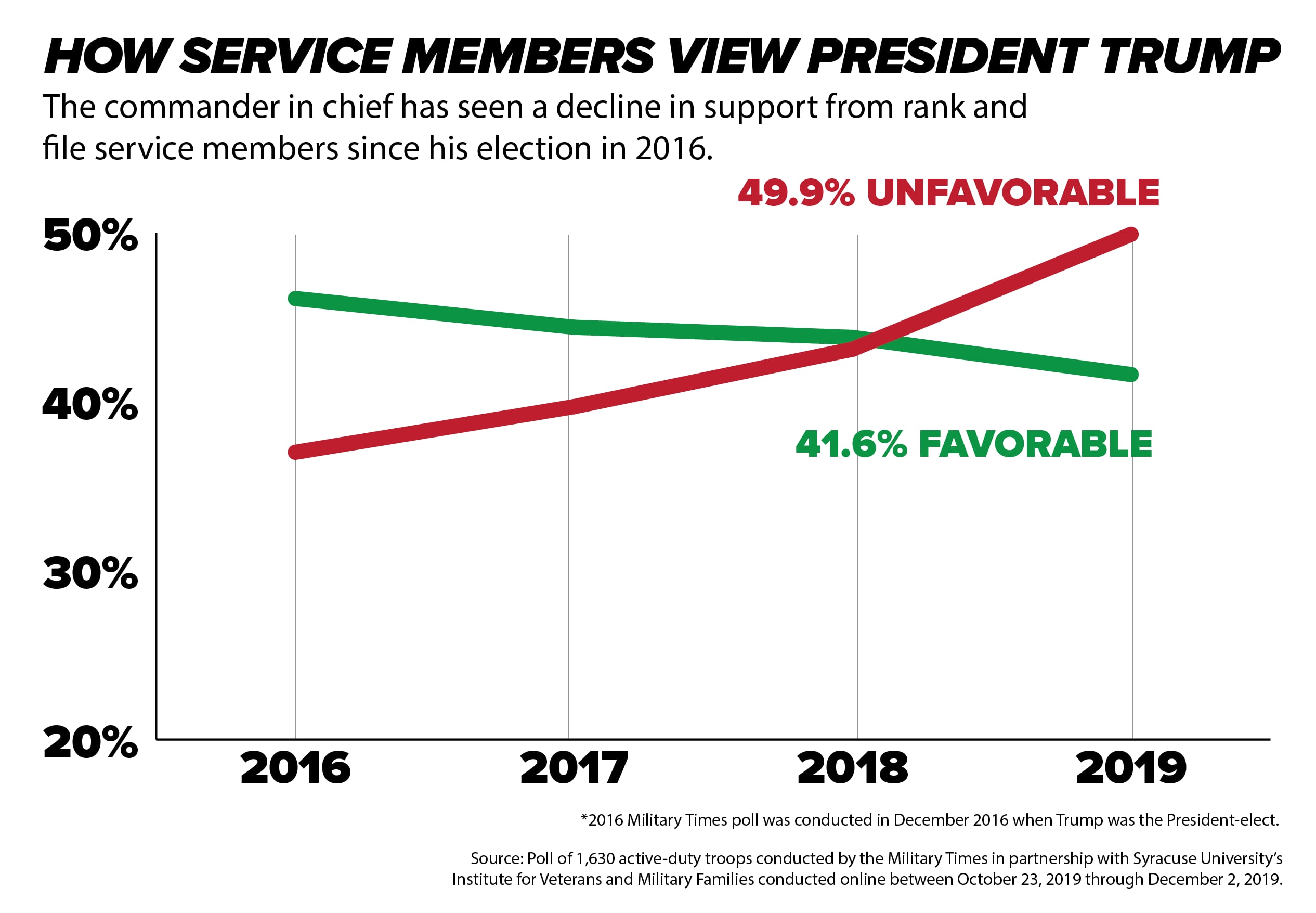
Differences in the ranks
Similar to past surveys, this poll showed significant gaps in views of the president among various subsets of the military.
Trump is far more popular with enlisted service members than with officers. Among the enlisted force, the recent survey showed a 43 percent favorable rating. For officers, however, only one-third responded with a positive view.
Military men appear to be more supportive of Trump compared to military women. Among men, the survey shows a 43 percent favorable view, while among women service members, 53 percent of women expressed a “very unfavorable” rating of Trump and 56 percent responded negatively.
The survey also shows a gap among white and non-white service members. Among whites, 46 percent of troops had a favorable view of the president, versus 45 percent with an unfavorable view. Yet among non-white service members nearly two-thirds responded with a negative view of him.
Some of the shift in military sentiments could be linked to the firing of Mattis, who a year after his dismissal still enjoys an exceptionally high — 86 percent — favorability rating among all service members in the poll.
Trump’s replacement for Mattis, current Defense Secretary Mark Esper, does not inspire strong feelings one way or the other. Esper drew a 24 percent approval rating from troops and a 20 percent disapproval rating, with 56 percent saying they have no strong opinion of the Pentagon leader.
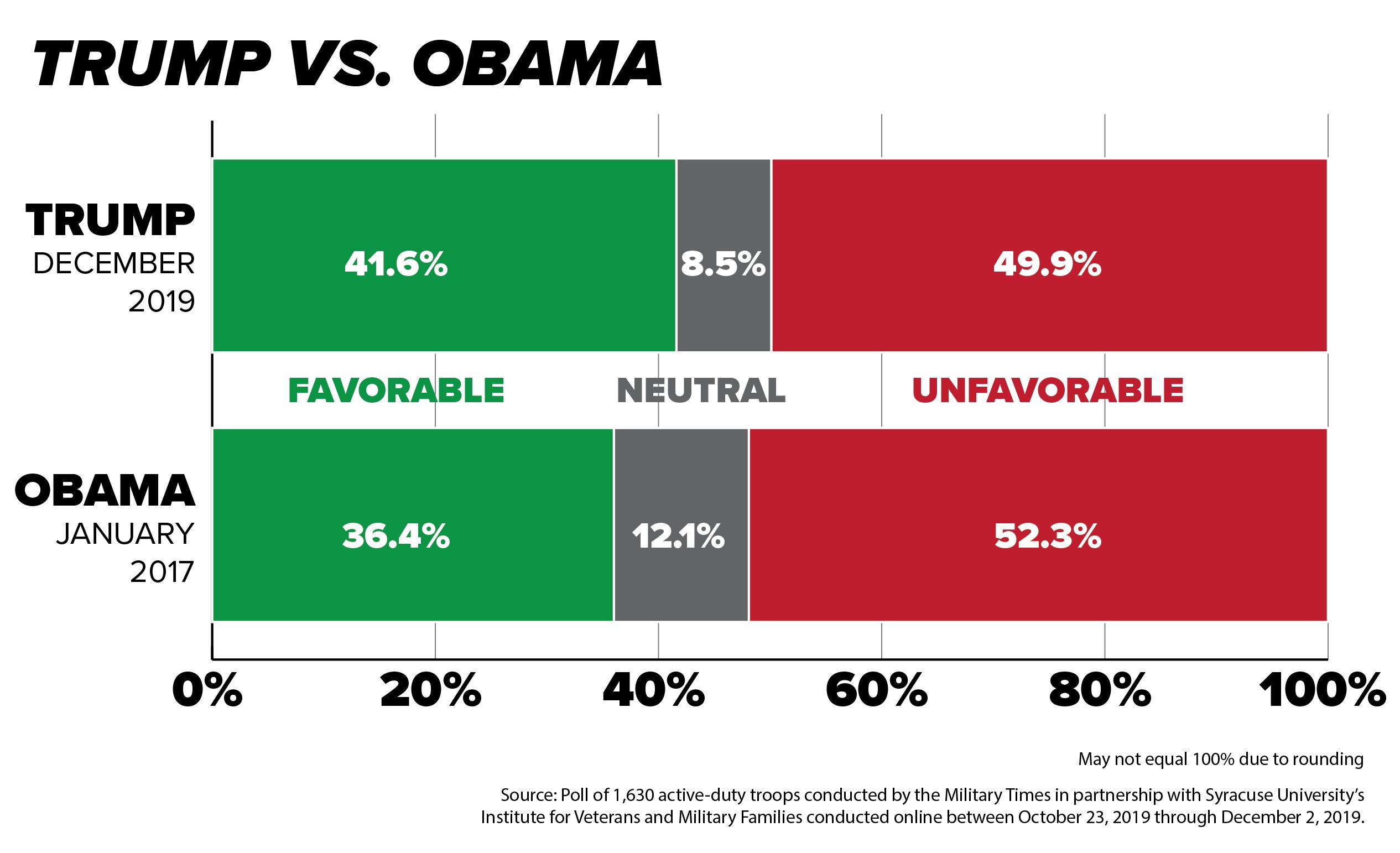
Military decisions
Troops surveyed by Military Times offered generally upbeat assessments of Trump’s steps in Afghanistan (59 percent said they approve of plans to negotiate with the Taliban and reduce troop levels there) and his promises to intervene less overseas (47 percent believe he will keep U.S. forces out of another major military conflict).
Yet 58 percent of those polled said they disapprove of Trump’s decision to withdraw U.S. forces from northern Syria in the face of Turkish military advances.
When asked about Trump’s decision to use military construction funds to build his controversial southern border wall, 59 percent said they disapprove of his decision. More than half rated current U.S. relations with “traditional allies” like NATO as poor.
Lapan said he thinks those topics have had more resonance with troops than some of the controversies early in Trump’s presidency, like his public spats with former prisoner of war Sen. John McCain.
“His comments with McCain were upsetting to a lot of folks, but it was probably more in the senior ranks,” he said. “For junior troops, Mattis is much more popular. And these other decisions affect them. So they are changing their minds more.”
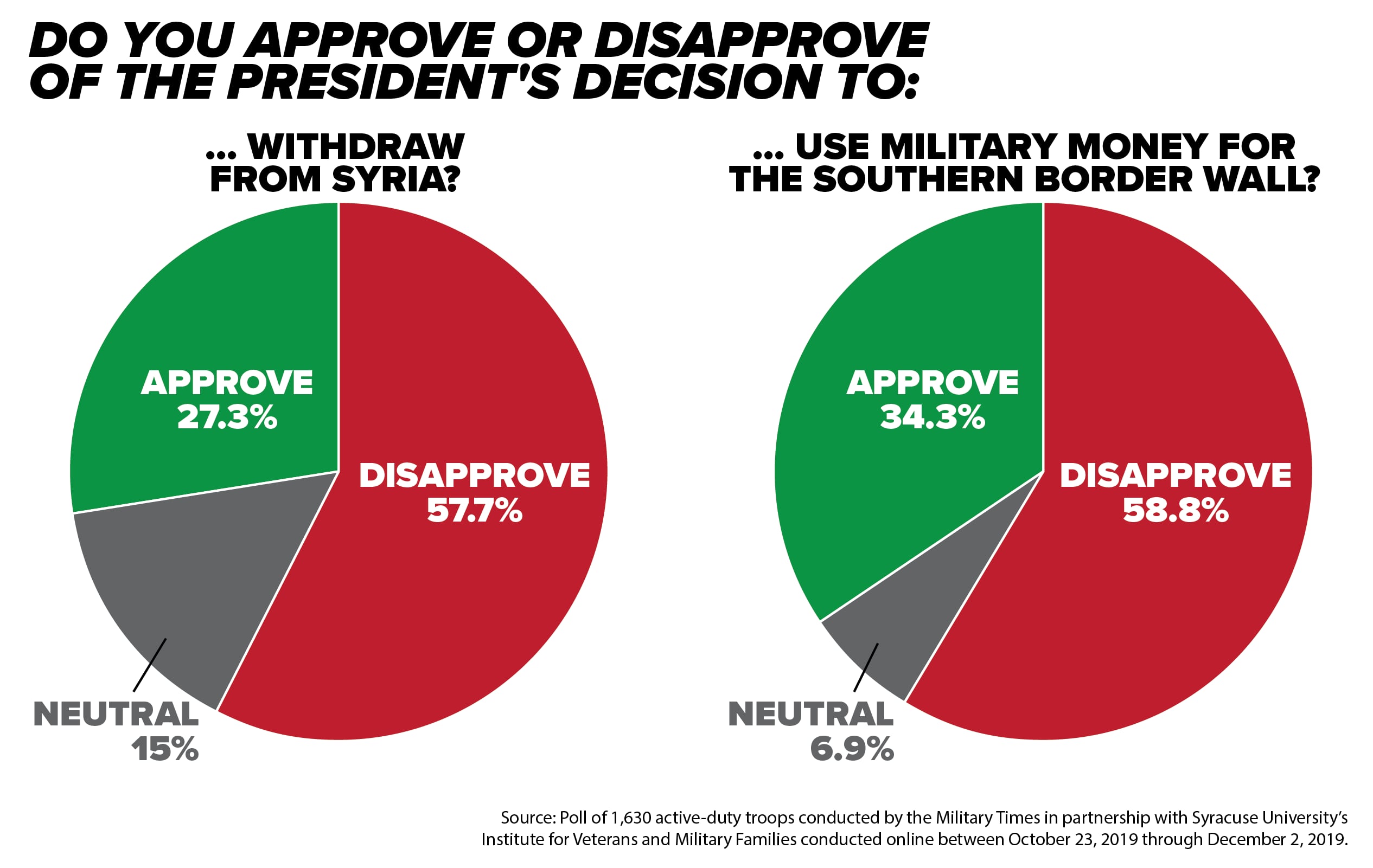
Troops were split evenly on the ongoing impeachment proceedings in Congress. In the poll, 47 percent said they back the impeachment, 46 percent said they were opposed. That’s roughly the same breakdown as the rest of the American public.
Feaver called that an interesting and potentially problematic finding, given that Trump will still be commander in chief if he is impeached by the House but acquitted by the Senate.
“I’m sure senior leaders won’t be happy seeing that half of them wanted him impeached, given the efforts to keep troops out of politics," Feaver said.
More than three-fourths of troops surveyed said they believe the military community has become more polarized in recent years, with about 40 percent saying they have seen significantly more division in the ranks.
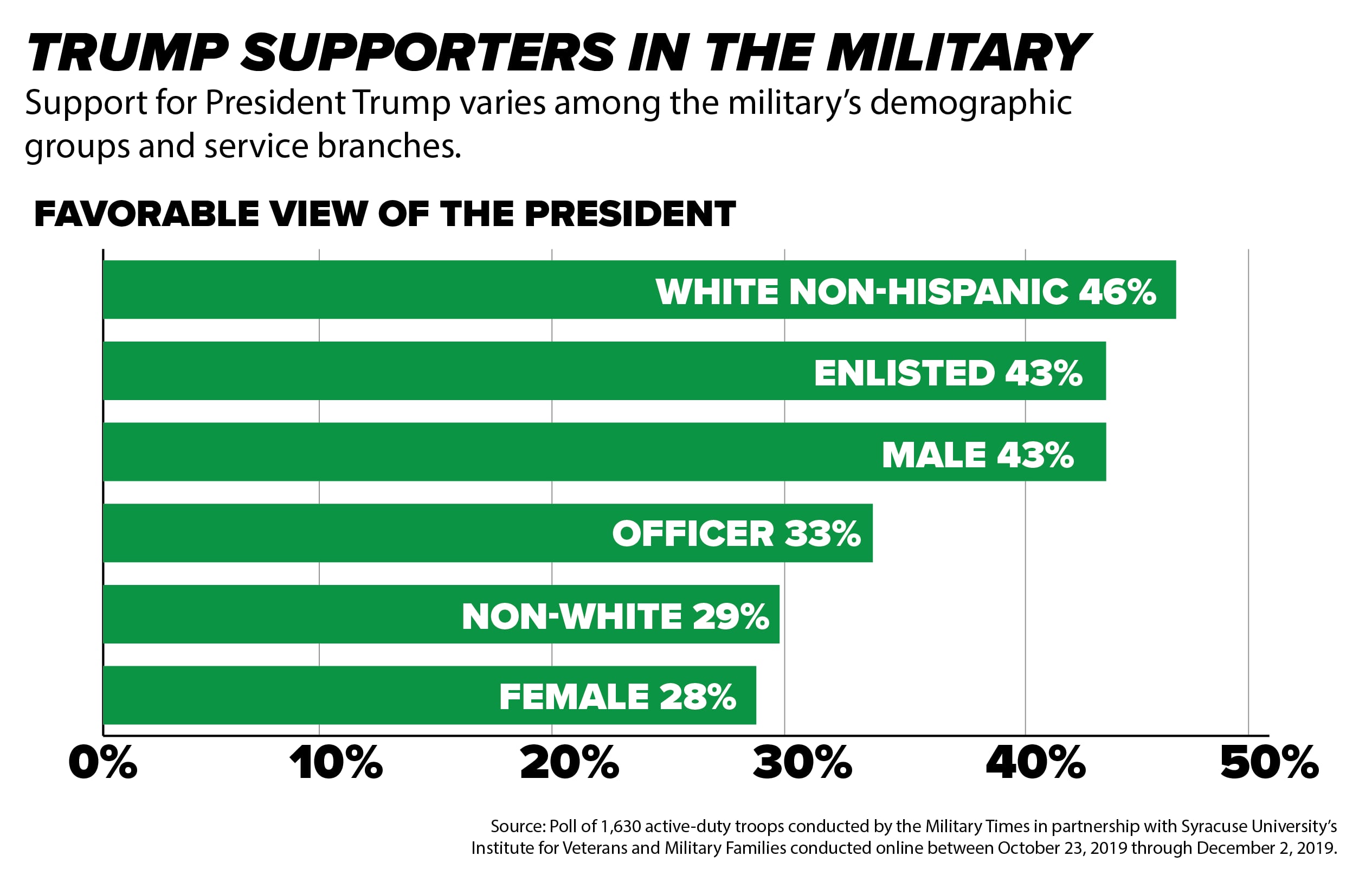
Still more popular than Obama
Military and veteran voters overwhelmingly backed Trump in the 2016 election, according to exit polls. And even with the dip in his popularity shown in the recent Military Times poll, Trump’s support among troops remains higher than his predecessor when he left office.
When Obama left office in January 2017, a Military Times poll showed that 52 percent of troops had a negative opinion of him, against 36 percent with a positive opinion.
As negative as some of the views are in the poll toward Trump, they have not yet reached the levels of disapproval voiced by troops in the final military survey before Obama left office.
Then, service members blasted the Obama’s decision to decrease military personnel (71 percent said end strength needed to grow after years of decreases) and questioned his moves to withdraw combat troops from Iraq (59 percent say it made America less safe).
RELATED
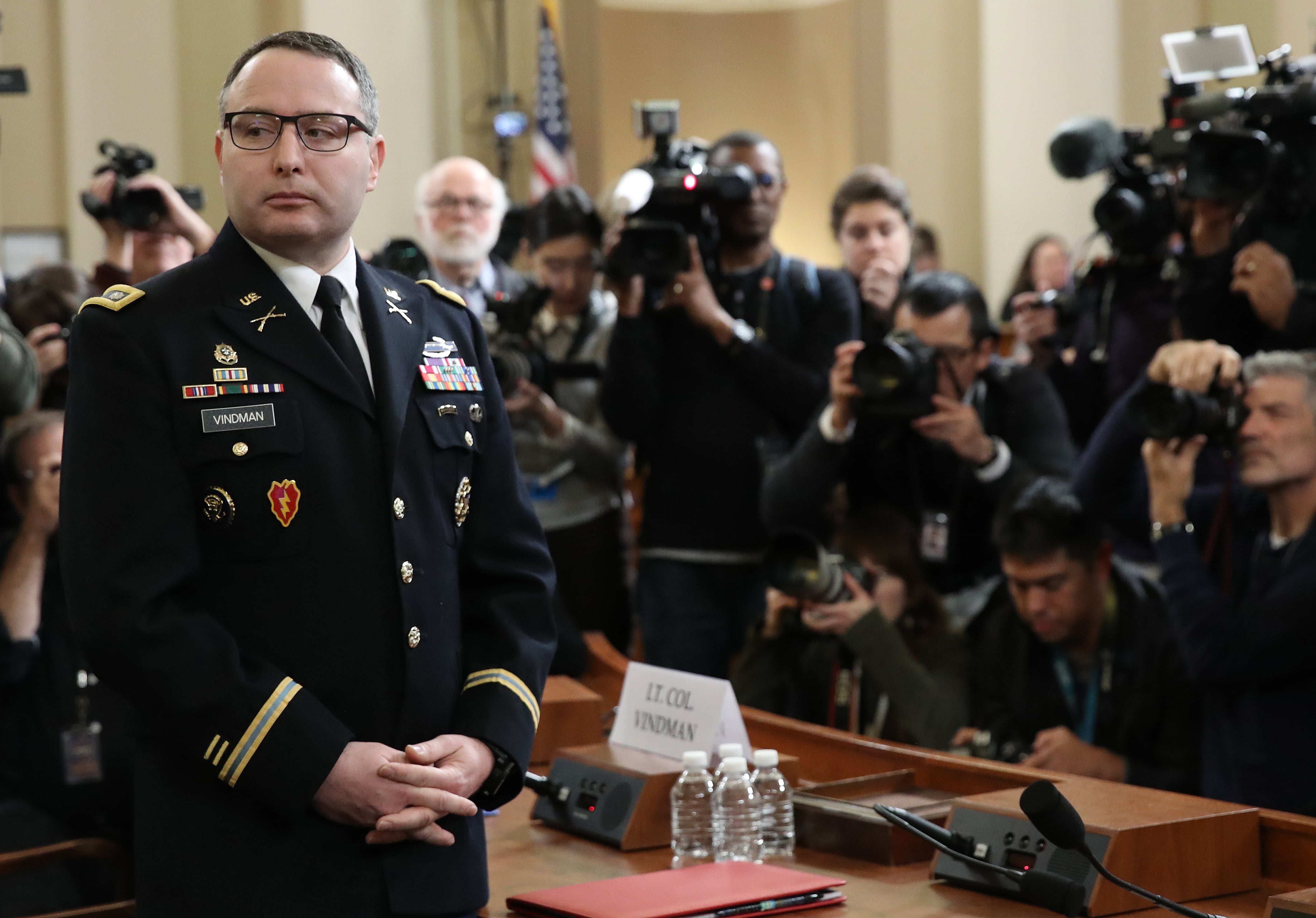
In the latest poll, respondents identifying themselves as conservative (about one-third of the total) still outnumbered the liberals (almost one-quarter) by a significant margin.
And the poll shows a subtle shift toward more service members identifying as political independents, who now make up 45 percent of respondents, an uptick of 3 percent compared to the 2018 survey.
This year’s survey saw an increase in the number of Democrats (about 3 percent more) and a decrease in the number of those who considered themselves members of the Republican or Libertarian parties (about 7 percent less, combined) from the 2018 survey.
Feaver said that breakdown may be more indicative of the Military Times readership than changes in the whole of the military. But he also said that the findings give an important insight into the armed forces that few other polls can reach.
“It’s a useful thermometer of that segment of the military that is more career-minded,” he said.
“We know the military tends to follow the general public but lag conservative. We know that Trump is not as popular with the general public as he has been, and that he hasn’t really built upon his base. Now we’re seeing that reflected in the military, too.”
The annual Military Times readers survey is one of the only public metrics that evaluate the personal views of service members.
Defense Department does not conduct any public opinion polls on political issues and has significant restrictions on media access to service members for their personal opinions.
RELATED
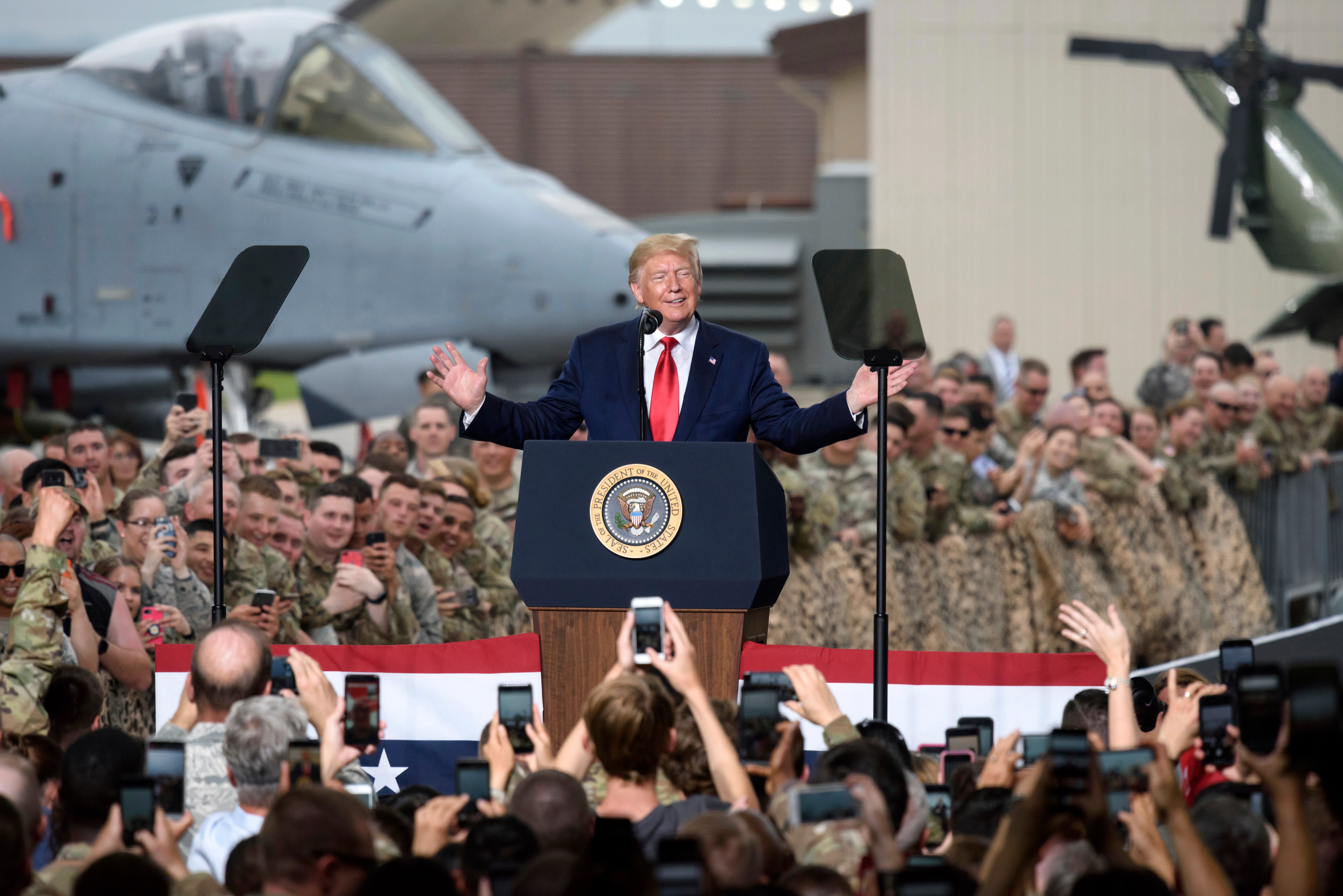
Our methodology
Between Oct. 23 and Dec. 2, Military Times in collaboration with the Institute for Veterans and Military Families at Syracuse University conducted a voluntary, confidential online survey of U.S. service members. Poll participants are readers of Military Times publications whose military status is verified through official Defense Department email addresses.
The survey included 28 questions on service members’ opinions related to the current political climate, policy and national security in the United States.
The survey received 1,630 responses from active-duty troops. The IVMF used standard methodology to weight the results according to the rank, gender and service branch of the actual U.S. military. The margin of error for most questions was roughly 2 percent.
Like most studies where participation is voluntary, the poll’s sample is subject to self-selection bias. Researchers sought to account for that and adhered to generally accepted scientific practices analyzing the data.
The survey audience was 92 percent male and 8 percent female. The respondents identified themselves as 75 percent white, 14 percent Hispanic, 13 percent African American, 5 percent Asian and 5 percent other ethnicities. Respondents were able to select more than one race.
The Military Times and the researchers at IVMF have used identical methodologies for this survey since 2016.
RELATED
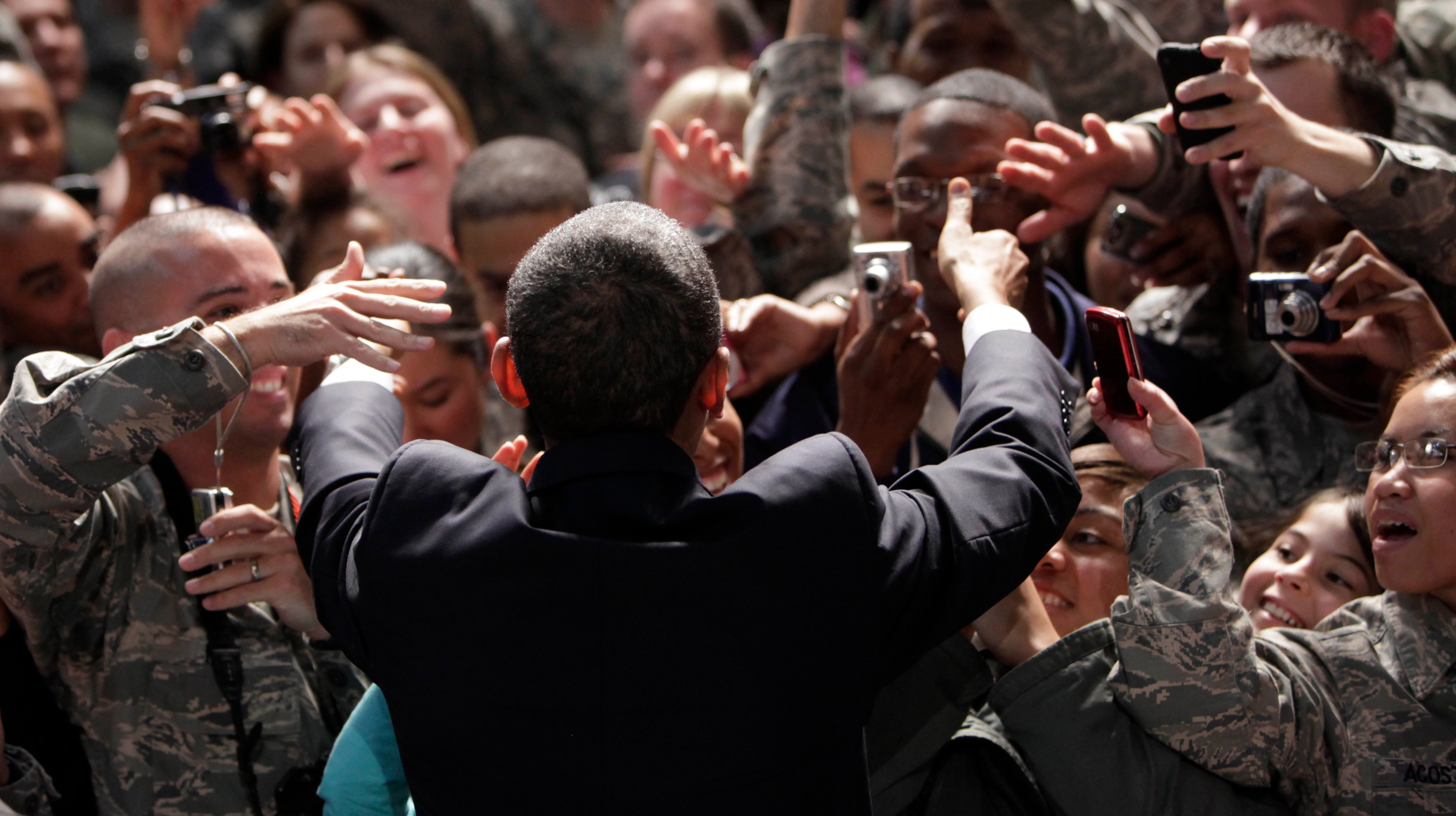
Leo covers Congress, Veterans Affairs and the White House for Military Times. He has covered Washington, D.C. since 2004, focusing on military personnel and veterans policies. His work has earned numerous honors, including a 2009 Polk award, a 2010 National Headliner Award, the IAVA Leadership in Journalism award and the VFW News Media award.



